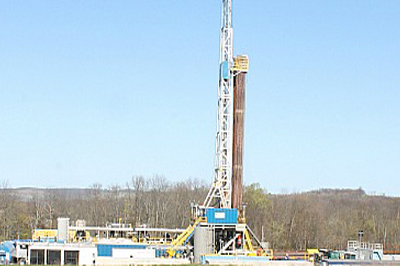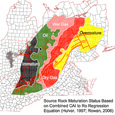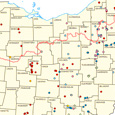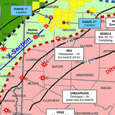Study looks at regional economy and shale production
Thursday, November 19, 2015

From Penn State Extension
Courtesy www.dartmouth.edu
With advancements made in horizontal drilling and hydraulic fracturing technology in the early part of the 21st century, an increase in oil and gas production in the U.S. occurred. Researchers from Dartmouth College National Bureau of Economic Research (NBER) looked at income and employment changes over a period of 8 years (2005 to 2012) in 3,082 counties, making close to 25,000 county-year observations for each industry. How do income and employment change across geography and industries during a major change such as unconventional oil and gas development?
Economic benefits
The study found that counties where extraction occurred had significant economic benefits. The effects increased as the geographic area expanded, with state-level impacts on jobs and income almost 5 times as large as impacts in the immediate county. Most of the impact in jobs and income could be seen within 100 miles of the drilling sites. Crime rates were also studied, but no significant change was found.
At the county level, the study determined that about 13% of the value extracted stays in the county as higher income (wages and royalty payments). Approximately 2/3 of the wage increase was in the mining and trucking industries, with the other third found in construction, hospitality, banking and local government positions.
Within a 100 mile radius of drilling sites, 36% of the value extracted stays within the region, with about 2/3 in the increased income from higher wages and 1/3 from royalties.
Employment
Increases in employment due to unconventional oil and gas development were noted. For each $1 million of new production, an increase in employment of 0.78 workers at the county level, 2.49 workers within a 100-mile radius, and 3.34 workers within the state was observed. The research indicates that on a national level, the aggregate employment rose by 725,000 jobs due to new oil and gas development, causing a 0.5% drop in the US unemployment rate during the recession of 2008.
Read the full study by Dartmouth College.




